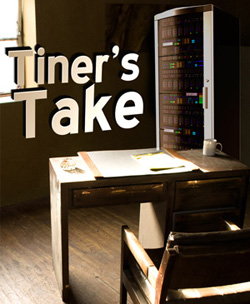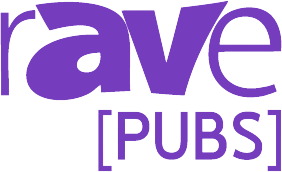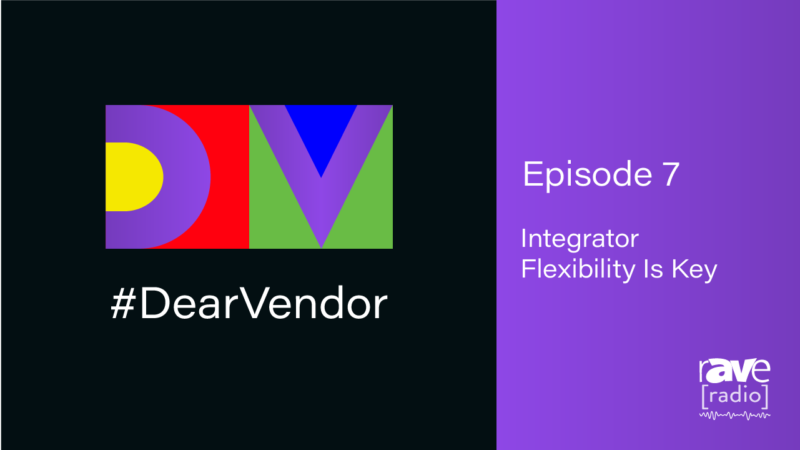Digital Signage: More than a Posterboard
 Last week’s Digital Signage Expo in Las Vegas was the Expo’s 10th anniversary. It amazes me that a segment of our industry has grown to this level in just ten years. I find digital signage to be so interesting, because for what seems to be a fairly straightforward technology, there are so many applications.
Last week’s Digital Signage Expo in Las Vegas was the Expo’s 10th anniversary. It amazes me that a segment of our industry has grown to this level in just ten years. I find digital signage to be so interesting, because for what seems to be a fairly straightforward technology, there are so many applications.
Digital signage can serve a lot of needs and be a lot of things, but unfortunately cheap is not one of them. The cost of setting up a single sign can be anywhere from $3,000 to $10,000, depending on your design and vendor. Once you network that equipment, the cost goes up even higher. Education has struggled on this front, as it has been hard for us to find the Return on Investment (ROI) for a system that costs in the tens of thousands of dollars. We don’t have the same monetary incentive that retailers have to use this technology to generate income.
We have been working with digital signs for about six years ago. It began with a request from our Dean of Faculty’s office for a way to post information about upcoming events, or celebrate academic achievements of our faculty and students. The first sign was a success and every year they would ask us to put up another sign in a new location. From the start we used Tightrope Media System because we knew it could grow with us, and we did not need a massive investment up front.
Slowly, one sign became four, then five and now we have a total of 14 digital signs on our campus. This includes one in every academic building, our two athletic buildings, our dining hall, our student center, our admissions office and our theater.
We have learned some things over the years which have made the digital signage system add value to our community. This first step in this project, like any successful project is to define who does what. As the IT/AV people, we spec, design, install and support the digital signs, but we do not create content. To that end, we are at a point where we do not even provide training for our users. Our communications office has taken on the role of creating all the templates, and training all the users. Each sign has its own local admin who can create content, edit content and approve content. This gives us the ability to keep the signs fresh and updated. No one person is responsible for the content, and most importantly, we (my group) are not responsible for the content. This should be a familiar concept between the IT/AV and Communications groups at institutions. We went through this years ago when IT got out of the business of updating content on web pages. In fact, the model we use for our digital signs is almost an exact duplicate of what we do with our web pages.
In addition to the standard task of advertising events, we have found several additional uses for our digital signs. One task is to stream live video to the signs. We have used this for major campus events such as commencement and convocation. We also use it for remote monitoring. For example, a digital sign outside our concert hall serves as a audio and video monitor of the event happening inside the hall. As people show up late they can see what is going on inside without walking in and interrupting the performance. When they see a break, they can sneak in. During our athletics contests we stream video to the monitors outside of the gymnasium, so people who go to grab a snack or a bit of fresh air can still see what is happening. This proved very useful during a swim meet for our local high school teams. All of the families could not fit in the pool area, so they watched the monitor outside and would rotate in and out as their own child’s event came and went. The beauty of all this is that it is automatically programmed to switch the content. So, right before an event starts, the video feed turns on. Once the event ends, the content goes back to the regularly scheduled content.
A wonderful feature of a networked digital signage system is the ability to make a global announcement. With a networked system a user can log into a web page and set an alert to all the monitors on your campus, or to subsets of the signs. This may pass important information to customers, like closings due to weather. Obviously, we all hope that we never need to use this system in a time of violence or danger on campus, but we also need to be aware of the possibility. I recommend you put a policy in place on how you would handle this situation. In our case, our security office does not directly use the Tightrope System. It is such a rare event that they need to use it, when the time comes they will have forgotten how. Instead, we have identified a couple of everyday users who they would contact in an emergency and those people would set the alert message.
One thing that I will caution against is trying to develop your own custom built digital signage system. I know of a couple cases where this was attempted and neither of them ended very well. In both cases the technology manager got into a position where he was the only person who could support these systems. So, while it looked like a lot of money was being saved up front, one has to question how much money was spent in support of these devices and how much time was lost waiting for this single point of support. When the first request for a digital sign came to our department, there was some discussion of putting a Mac Mini behind a monitor and running a slide show. While this would have been less expensive up front, it was not scalable and would have required a great deal of training and support. If we have taken this approach we would be a real pinch right now trying to support 14 signs.
Integrators and designers can help technology managers on this front, by showing them all the various options for digital signage and more importantly, the various things it allows you to do. Show us these features and tell us how other educational institutions are using them. Budgets are tight, and we may have pressure from above to use an inexpensive “Mac Mini” type solution. You can arm us with the right information to educate our customers. Also, give us some options as to how we can grow. Many schools can not afford a $100,000 investment up front.
In a recent blog on rAVe I wrote about convergence — this is another example of where convergence is simply a part of life. You will eventually, if not immediately, need a server that links all your digital sign boxes. Each device will need to be on the network, and it is desirable to have the system connected into your authentication system so the accounts link to accounts your users already have (LDAP, active directory, etc.). All of this will require strong partnership with your networking folks. Many systems now branch in other systems. For example, they can read and display RSS feeds and they can tie into your campus scheduling system and show events from it based on criteria you define. The Tightrope system, for example, gives you Web pages that display your digital signage content. Maybe it is time to take your network administrator out to lunch.
Have you started using digital signage in your institution? Was it a success? How did you setup your team and what equipment did you use? I’m looking forward to hearing from you!
Scott is very active in the field, having presented at both regional and national conferences. In 2011, he was appointed as chair of the Technology Managers Council of InfoComm. Scott can be contacted via LinkedIn, on Twitter at http://www.twitter.com/stiner or via email at stiner08@gmail.com





